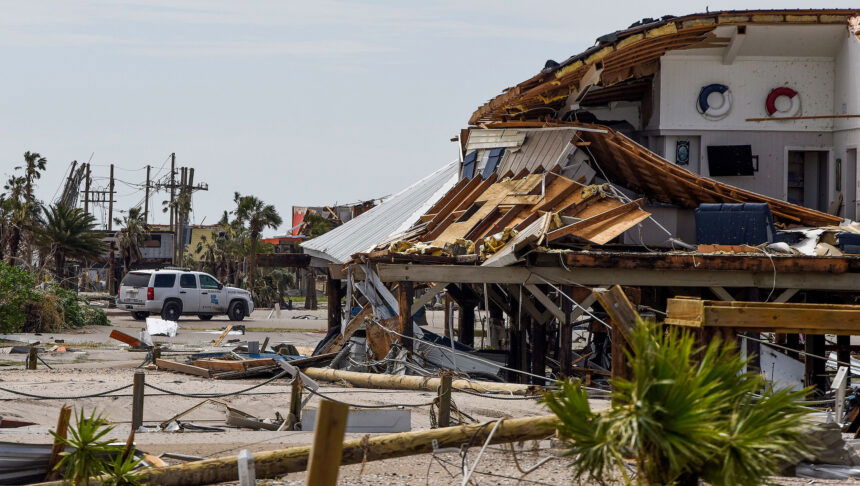Louisiana’s last inhabited barrier island bore the brunt of Hurricane Ida. Here’s what it looks like now

By Eric Levenson and Gary Tuchman, CNN
Grand Isle, Louisiana’s last remaining inhabited barrier island at the southern tip of the state, bore the brunt of Hurricane Ida and was devastated by the Category 4 storm’s high winds, rain and storm surge.
“I’ve never seen it look like this,” Bryan Adams, director of Jefferson Parish Fire Services, said Tuesday after inspecting Grand Isle. “It’s decimated.”
About 40-50% of houses are gone and 100% of the camps are damaged. “They’ve been knocked off the pillars, they’ve just been destroyed,” he said.
“The people are very sad. A lot of people have lost their homes, talking about how they don’t know whether they’ll be able to go back or not, because they don’t have the money to go back, can’t afford to go back,” Adams said. It will take about four or five years to get Grand Isle “back to where it was,” he added.
If it ever does.
Even before Ida, the narrow isle has been increasingly under threat due to rising sea levels and sinking land. Located in the Gulf of Mexico, it had an estimated 2020 population of just over 1,400 people, according to the US Census.
Grand Isle is largely known for its beaches and particular habitat, known as a Chenier Plain, that makes it a hot spot for fishing, migratory birds and other wildlife. Last year, The New York Times named it to its “52 Places to go in 2020,” saying it was “hauntingly beautiful” and “may soon vanish.”
Ida could hasten that vanishing. With winds of 150 mph, the Category 4 storm made landfall Sunday near Port Fourchon, about 10 miles southwest of Grand Isle. The storm’s hurricane-force winds extended 50 miles from the center.
On Tuesday, a CNN crew visited the island to find utter devastation: homes destroyed and vehicles still under floodwaters, although there were no reports of deaths or injuries due to a mandatory evacuation.
Rickie Polkey, 58, said he and his family built their home on elevated stilts 39 years ago. He returned Monday to find the roof and much of the home destroyed by wind and rain, and the inside could only be accessed by a temporary ladder.
“In Katrina, we lost our front porches and our steps, but the house was intact, the roof was intact, everything was intact,” he said.
He came back post-Ida to try to find some wedding memorabilia. He said he doesn’t plan to rebuild and instead plans to move to Kentucky, where they have family.
“We just trust the Lord. He gives and He takes away,” Polkey said.
Many other residents of Grand Isle have not yet returned. Jefferson Parish advised residents late Tuesday night not to attempt to enter the isle by boat or by land. The parish also posted photos of some of the destruction, showing a line of toppled utility poles, standing water, ravaged homes and caved-in roofs.
“We understand that many want to see their properties; however, the current conditions on the island are very dangerous and it is critical that we keep the area clear,” the parish said on Facebook.
Correction: A previous version of this story gave the incorrect location for where Ida came ashore. It was 10 miles southwest of Grand Isle
The-CNN-Wire
™ & © 2021 Cable News Network, Inc., a WarnerMedia Company. All rights reserved.
CNN’s Rebekah Riess contributed to this report.